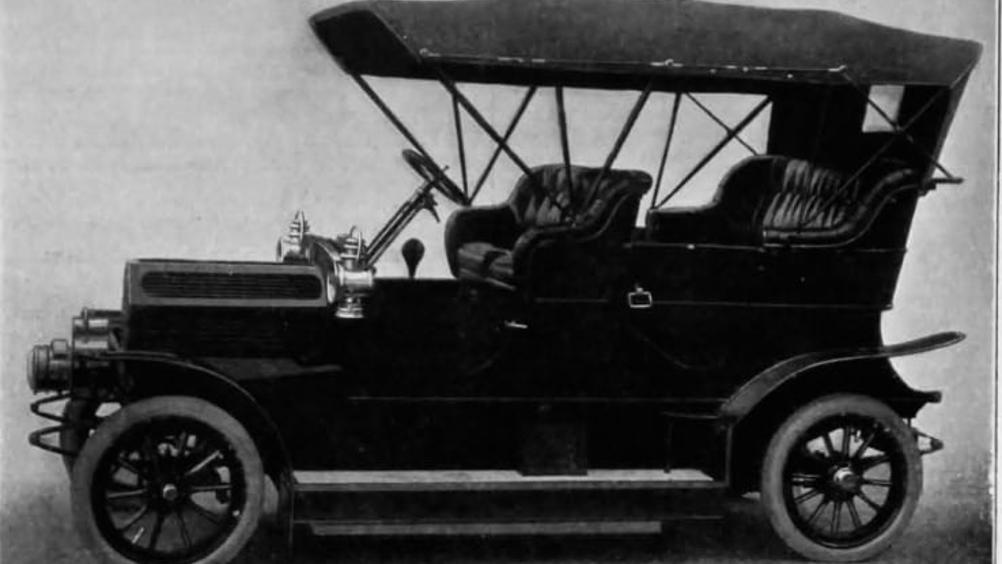February 1906: The valveless motor car
The early 20th century was awash with automotive innovations, some of which went onto to dominate the industry over the following decades, whilst others didn’t quite have the transformative impact their inventors expected.

One such curiosity is the valveless motor car - an unusual vehicle which featured a valveless, two-cylinder engine and a transmission mechanism without the usual change speed gearbox - developed by London engineer Ralph Lucas .
Explaining the operation of the engine (which is pictured) The Engineer wrote that ‘when the pistons ascend, air is drawn into the crankcase through the carburettor and passage G. The petrol is in the meantime dropping into the chamber. The pistons then descend, compressing the air in the crankcase and forcing it though the throttle and chamber where it becomes mixed with petrol vapour, and when the piston has uncovered the ports, is admitted into the cylinders driving before it the products of combustion of the previous explosion through the exhaust ports and replacing them with a new charge. On the next upstroke the pistons compress the charge prior to its ignition and downward movement of the pistons.’
Register now to continue reading
Thanks for visiting The Engineer. You’ve now reached your monthly limit of premium content. Register for free to unlock unlimited access to all of our premium content, as well as the latest technology news, industry opinion and special reports.
Benefits of registering
-
In-depth insights and coverage of key emerging trends
-
Unrestricted access to special reports throughout the year
-
Daily technology news delivered straight to your inbox











UK Enters ‘Golden Age of Nuclear’
The delay (nearly 8 years) in getting approval for the Rolls-Royce SMR is most worrying. Signifies a torpid and expensive system that is quite onerous...